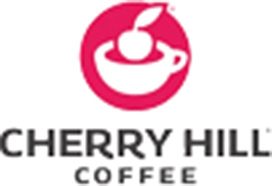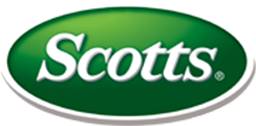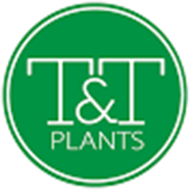Sugar Cone Maple*
Acer saccharum 'Sugar Cone'
* This is a "special order" plant - contact store for details
Height: 25 feet
Spread: 13 feet
Sunlight:
![]()
Hardiness Zone: 4
Other Names: Sugar Maple, Hard Maple, Rock Maple
Brand: J. Frank Schmidt & Son Co.
Description:
A distinctive accent tree with a compact, dense, and pyramidal habit of growth; large leaves turn golden orange and red in fall; an excellent specimen for the smaller home landscape, that will not outgrow its planted location
Ornamental Features
Sugar Cone Maple is primarily valued in the landscape for its distinctively pyramidal habit of growth. It has dark green deciduous foliage. The lobed leaves turn outstanding shades of yellow, orange and red in the fall.
Landscape Attributes
Sugar Cone Maple is a dense deciduous tree with a strong central leader and a distinctive and refined pyramidal form. Its relatively coarse texture can be used to stand it apart from other landscape plants with finer foliage.
This is a relatively low maintenance tree, and should not require much pruning, except when necessary, such as to remove dieback. It has no significant negative characteristics.
Sugar Cone Maple is recommended for the following landscape applications;
- Accent
- Vertical Accent
- Hedges/Screening
Planting & Growing
Sugar Cone Maple will grow to be about 25 feet tall at maturity, with a spread of 13 feet. It has a low canopy with a typical clearance of 3 feet from the ground, and should not be planted underneath power lines. It grows at a slow rate, and under ideal conditions can be expected to live to a ripe old age of 100 years or more; think of this as a heritage tree for future generations!
This tree should only be grown in full sunlight. It prefers to grow in average to moist conditions, and shouldn't be allowed to dry out. It is not particular as to soil pH, but grows best in rich soils. It is somewhat tolerant of urban pollution. This is a selection of a native North American species.
* This is a "special order" plant - contact store for details







